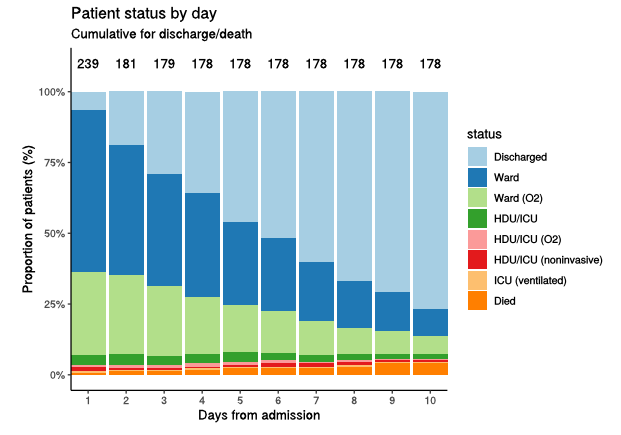
I promised that I would come off the fence re. plans for Step 4 by today, and I’ve left it right to the last minute, but now I will: I believe we should be delaying by 4-6 weeks. And if asked to pick a specific date, I’d go with 26 July (5 weeks on from 21 June). 1/n
(this has the marginal presentational benefit of using the government’s standard step length, so Boris can ask us all to take “one more step” on the journey back to normality). 2/n
This would normally be the point for me to launch into a long thread on the reasons why this is the best approach, and all the alternatives are sub-optimal. But I actually need to do some work today, so I’m not going to do that (if I get a chance I’ll add something later). 3/n
However I will just acknowledge @andrew_lilico’s point that a 4-week delay would likely take us to around the peak of the current (Delta + Step 3-induced) wave, and that it may be difficult to actually re-open in late July with cases at their peak. 4/n
https://twitter.com/andrew_lilico/status/1404362455044722688?s=20
That may be the case, and I acknowledge the difficulty. But I don’t think that’s a strong argument for proceeding with Step 4 on 21st June, if that opens a risk of much worse outcomes (and I think it does). If anything it’s an argument for going towards the back end of 5/n
…my window, say to 2 August, and hoping that case rates are clearly declining by then. As it happens, having played around with the first stages of an age-stratified model this weekend, I think there’s a good chance that the current wave might peak earlier than we think, 6/n
…perhaps in early July, and then opening up in late July (as we enter the school holidays) will not feel so challenging. I’m not yet confident of that, but it’s enough to nudge me towards a late-July date, rather than one in August. We’ll see what Boris decides later… /end.
• • •
Missing some Tweet in this thread? You can try to
force a refresh










